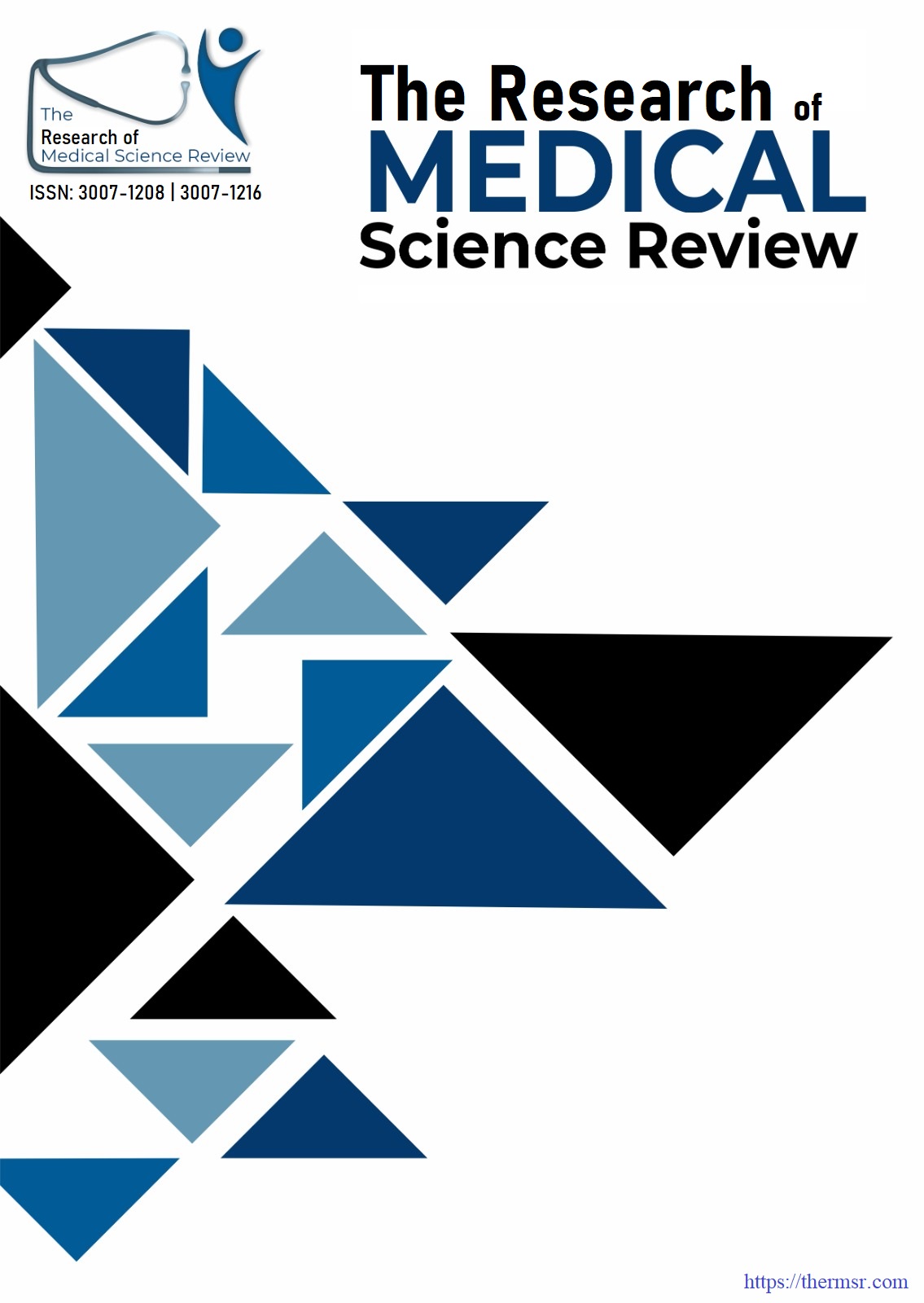ACCURACY OF THE GAIL MODEL IN INVASIVE BREAST CANCER
Keywords:
Invasive ductal carcinoma of breast, Gail model, 5-year risk, lifetime risk, sensitivity, specificity, area under the curveAbstract
Objective: This study evaluates the predictive ability of the Gail Model specifically in the detection of invasive ductal carcinoma. Materials and methods: The study was approved by the institutional review board, enrolled nulliparous patients, aged 35-85 years, attending the outpatient department of the hospital with complaints of a breast lump, on a non-probability consecutive basis. All patients provided informed voluntary informed consent after they were informed about the pros and cons of participating in the study. The 5-year and lifetime risk score were calculated via Gail calculator. Its effectiveness was assessed using metrics such as sensitivity, specificity, and are under the curve. All the participants then underwent histopathological examination for the confirmation of the presence of invasive ductal carcinoma. Results: As per the inclusion criteria, a total of 124 females were enrolled into the study. As per the Gail model, females at high risk (>1.67%) to develop invasive ductal carcinoma in the next 5 years were 9.6%. The sensitivity, specificity, and AUC of the Gail score in detecting the carcinoma was evaluated to be 35.3%, 100%, and 0.885 respectively. Conclusion: The Gail Model serves as a valuable component in the multifaceted approach to breast cancer risk assessment, particularly for IDC. However, integrating genetic, lifestyle, and additional clinical factors could enhance its predictive accuracy, ultimately improving early detection and intervention strategies for invasive ductal carcinoma in breast cancer screening protocols.
Downloads
Downloads
Published
Issue
Section
License

This work is licensed under a Creative Commons Attribution-NonCommercial-NoDerivatives 4.0 International License.















